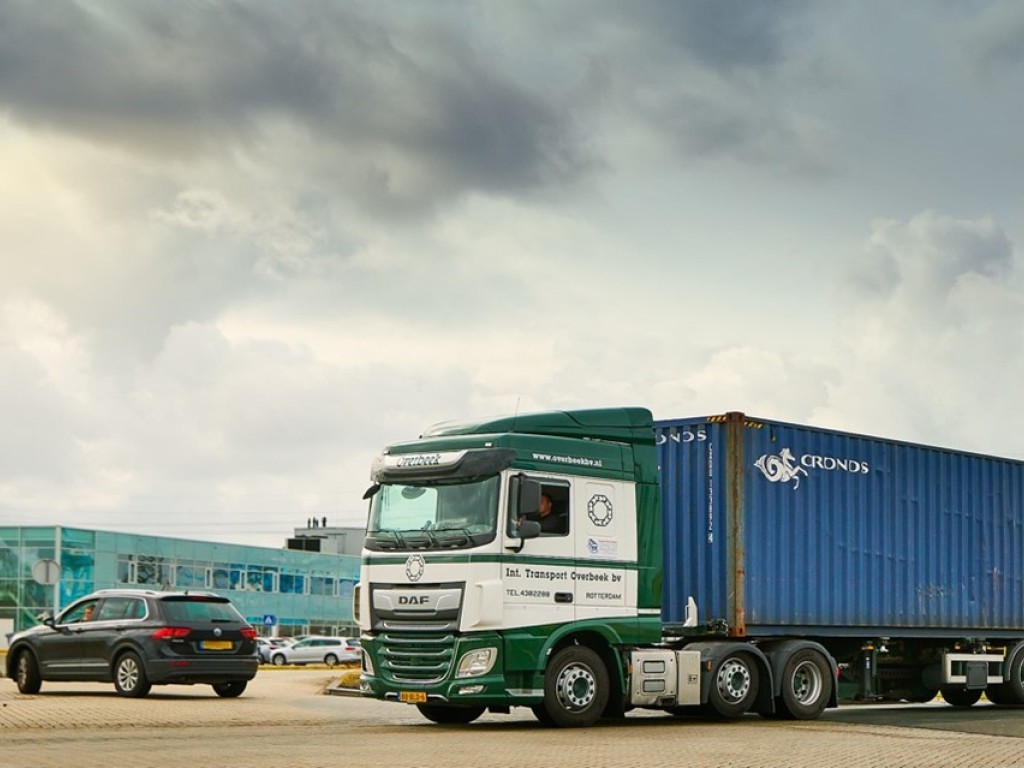TRANSENERGY (Energietransitie op de bouwplaats – de route naar een zero-emissie bouwplaats)

TRANSENERGY develops knowledge for the realisation of a zero emission (ZE) construction site and as a result reduces NOx emissions and CO2 emissions from construction activities and construction logistics. This approach can be used by both clients and contractors to include various options to realise a ZE construction site at an early stage of a construction project. Within TRANSENERGY, we distinguish four factors that are important for being able to realise a ZE construction site:
- The type of building site - different types of building sites have completely different possibilities in terms of energy connection and completely different questions regarding energy needs due to the use of completely different equipment. Types of construction sites are: (1) road, dike and rail, (2) shoreline care and channel maintenance, (3) residential and commercial construction, and (4) energy.
- Energy supply at the construction site can be managed in various ways: e.g. (non-guaranteed) grid connections of different sizes, changeable batteries or hydrogen.
- The energy demand on the construction site is determined by the deployment of different types of ZE equipment and how it is used and planned.
- Transport to and from the construction site also contributes to the energy demand if it has to (re)charge at the construction site. There are different types of transport such as that of materials and soil, equipment, people and energy units.
These four factors mutually influence the choices on and around the realization of a ZE construction site. Within TRANSENERGY, the focus of research is on the types of solutions, the configurations between these four factors, which are put into practice and thus contribute to a ZE construction site.
For this, TRANSENERGY follows a multiple case study research approach, collecting data in four cases together with partners on construction sites regarding innovative ways of energy supply (in work package 2). These include: making use of overhead lines at the railway, or deploying flexible energy supply such as switchable batteries, hydrogen or non-guaranteed connections. Within the cases, the energy demand is mapped by monitoring and recording the deployment of equipment (both ZE equipment and conventional in order to estimate the power demand over time based on this), and the possibilities of also being able to recharge ZE transport to and from the construction site without affecting the energy available on the construction site. Besides these four cases where we collect data on the construction site, the case study also studies more than 20 external cases (in work package 3). In these external cases, the data collection consists mainly of existing reports and interviews. Based on the cross-case analysis (in work package 4), we provide more insight into which configurations of energy supply, energy demand, opportunities for ZE transport, for different types of construction sites can work in practice at what point in the construction process.
TRANSENERGY thus contributes to accelerating the development of zero-emission construction sites and scaling up real-world solutions. This is in line with the objectives of the Top Sector Logistics regarding reduction of NOx and CO2 emissions, but also with the Roadmap Clean Emission Free Construction, the objectives of the Climate Agreement (0.4 Mton less CO2 emissions per year) and the Clean Air Agreement (75% health gain). TRANSENERGY not only leads to fewer emissions in the future, from the project come the results of a large number of practical cases, in which for different types of construction sites the chosen energy supply combined with the planned and controlled energy demand through deployment of ZE equipment and possibilities for ZE transport are made available in a structured way. Individual lessons are generalised (where possible). Despite a lot of talk about ZE on construction sites, the developments are still new and innovation is in full swing; in the areas of ZE equipment and transport and potential energy supply and energy demand management. TRANSENERGY brings the various separate cases to a joint higher level. In addition, practical questions around the ZE construction site are answered from the broad TRANSENERGY community. The results are actively shared through multiple channels, in order to maximally contribute to practical acceleration ZE construction sites and scaling up.